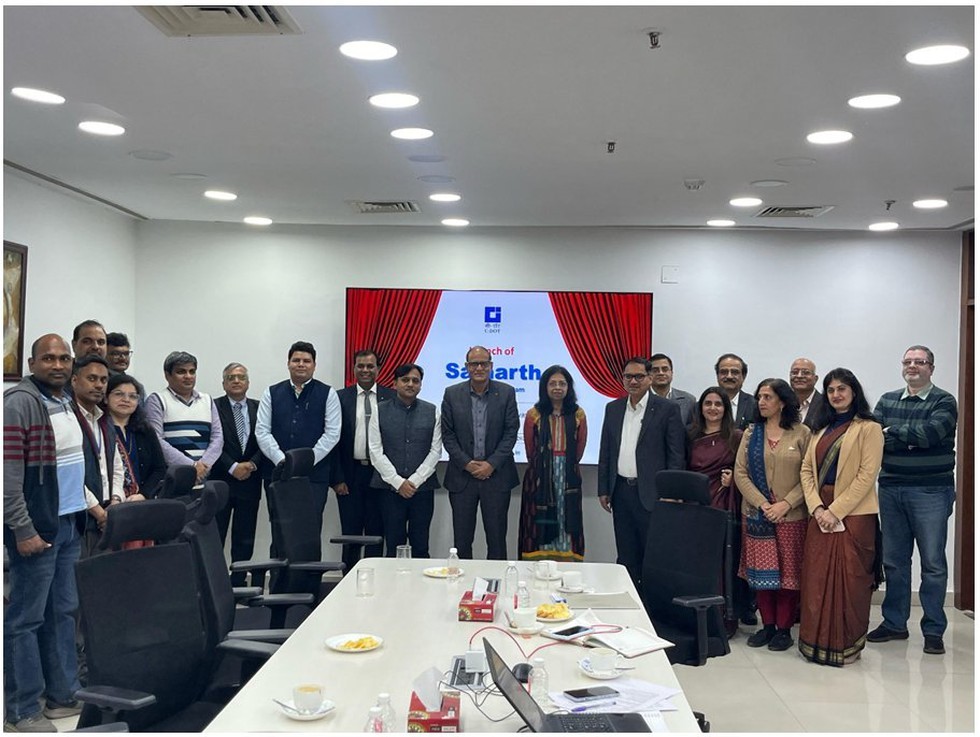
Samarth Incubation Programme

22.03.2025
Samarth Incubation Programme
|
For Prelims: About Samarth Incubation Programme |
Why in the news?
The Centre for Development of Telematics (C-DoT) recently launched the ‘Samarth’ incubation programme .
About Samarth Incubation Programme:
- It was launched by the Centre for Development of Telematics (C-DoT), an autonomous Telecom R&D centre of the Department of Telecommunication (DoT), Government of India.
- Objective: To support startups in the areas of telecom software, cybersecurity, 5G and 6G technologies, artificial intelligence (AI), Internet of Things (IoT) applications, and quantum technologies
- The program aims to encourage the development of sustainable and scalable business models, offer access to cutting-edge resources, and help startups bridge the gap from ideation to commercialisation.
- C-DoT has selected Software Technology Parks of India (STPI) as the implementation partner.
- The program, which will be delivered in a hybrid mode, has a maximum cohort size of 18 startups per program, with a total of 36 startups across two cohorts of six months each.
- The applications, under ‘Samarth’ are open to Department for Promotion of Industry and Internal Trade (DPIIT) recognised startups.
- Selected startups will get a grant of up to Rs 5 lakh each, access to office space for six months at the C-DoT campus, access to C-DoT lab facilities, and mentorship from C-DoT technical leaders and industry experts.
- Based on progress the startup will get an opportunity for future collaboration under the C-DoT Collaborative Research Program,”.
Source: PIB
Consider the following statements regarding the Samarth Incubation Programme, recently seen in the news:
Statement-I: It was launched by the Department for Promotion of Industry and Internal Trade (DPIIT).
Statement-II: The primary objective is to help startups in areas like 5G, artificial intelligence (AI), and Internet of Things (IoT).
Which one of the following is correct in respect of the above statements?
A.Both Statement-I and Statement-II are correct, and Statement-II is the correct explanation for Statement-I.
B.Both Statement-I and Statement-II are correct, and Statement-II is not the correct explanation for Statement-I.
C.Statement-I is correct, but Statement-II is incorrect.
D.Statement-I is incorrect, but Statement-II is correct.
Answer D